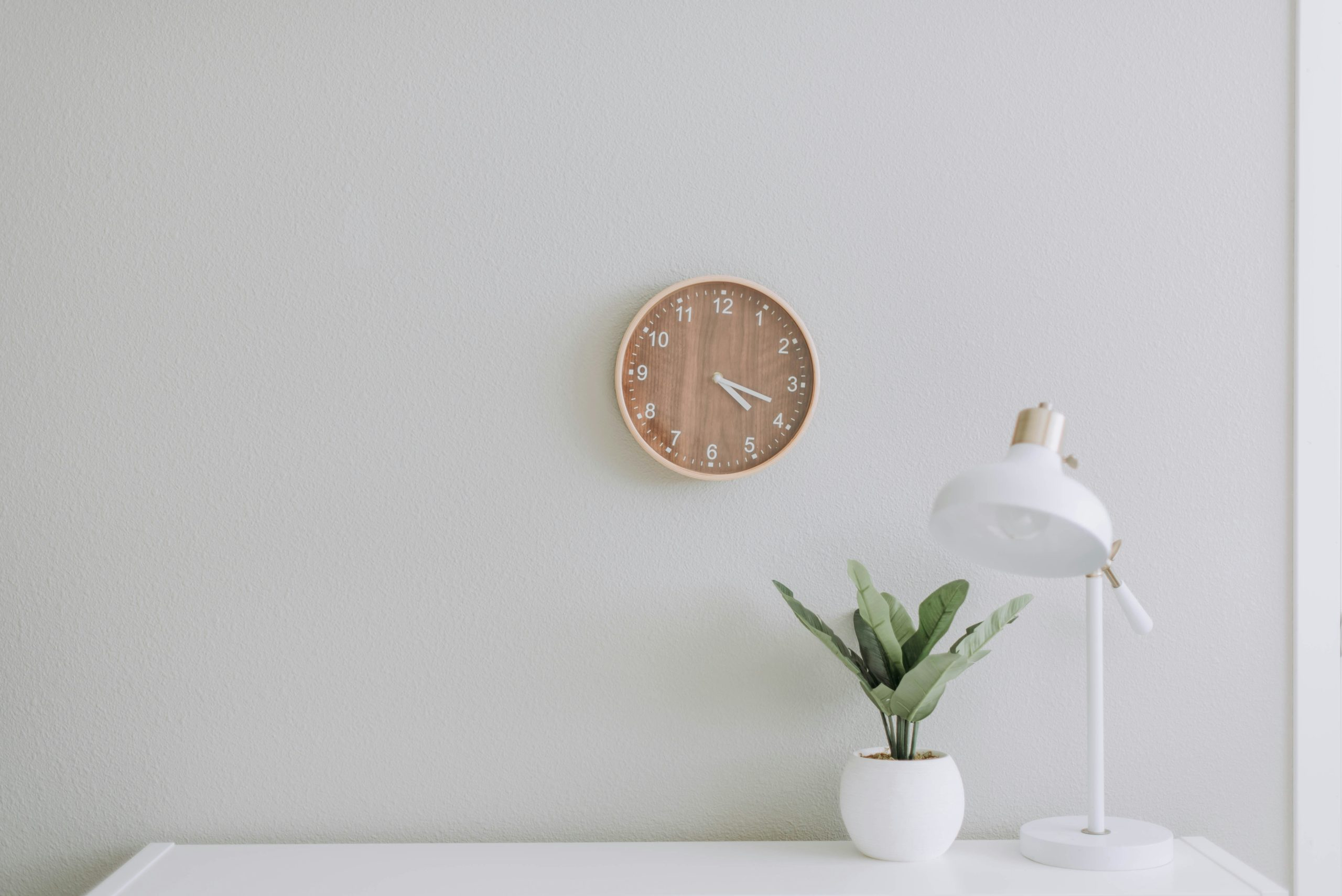Mastering Home Staging: Techniques for Maximum Property Appeal
When it comes to selling a home, first impressions matter. That’s where home staging comes in. Home staging is the process of preparing a house for sale by strategically arranging furniture, décor, and other items to create an inviting and appealing space. By showcasing a home’s best attributes and minimizing its flaws, home staging can make a significant impact on potential buyers’ first impressions. In this article, we will explore the techniques for mastering home staging to ensure maximum property appeal.
The Importance of Home Staging
While many homeowners may be tempted to skip the home staging process, it is essential to understand its importance. According to a survey conducted by the National Association of Realtors, 83% of buyers’ agents stated that staging a home made it easier for a buyer to visualize the property as their future home. Furthermore, staged homes usually sell faster and for a higher price than non-staged homes.
Creating a Neutral Canvas
The first step to mastering home staging is creating a neutral canvas. It is crucial to appeal to a wide range of buyers, so it’s best to stick to neutral colors and styles. Avoid bold or too personal décor and opt for a more neutral palette. This will allow buyers to envision themselves living in the space and make it easier for them to see the home’s potential.
Declutter and Depersonalize
One of the essential aspects of home staging is decluttering and depersonalizing the space. Clutter can make a room feel small and overwhelming, and personal items can distract potential buyers. It’s best to remove personal photos, excessive knick-knacks, and any items that may not appeal to everyone. This will help create a clean and organized space that will allow buyers to see the home’s potential without any distractions.
Maximizing Curb Appeal
When it comes to home staging, the exterior of a house is just as important as the interior. Curb appeal can make a significant impact on a buyer’s decision to even enter the home. To enhance the curb appeal, make sure the house’s exterior is neat and tidy, add some outdoor lighting, and add some potted plants or flowers to add color and warmth to the entrance.
Focus on Key Areas
When staging a home, it’s essential to focus on key areas that buyers tend to prioritize. These areas include the living room, kitchen, and primary bedroom. These are the rooms that buyers will spend the most time in and will have the biggest impact on their decision. Make sure these areas are staged to perfection, as they will help make a lasting impression on buyers.
The Power of Fresh Flowers and Greenery
Adding fresh flowers and greenery to a staged home can elevate its appeal significantly. Not only do flowers and plants add a pop of color and freshness to a room, but they also make it feel more inviting and comfortable. They can also help buyers envision the space as their own. Opt for low-maintenance plants and arrangements that will last for the duration of the home’s showing.
Incorporating Lighting and Mirrors
Lighting and mirrors can be powerful tools when it comes to home staging. Lighting can create a warm and inviting atmosphere, while mirrors can make a room feel larger and more spacious. Make sure to let in as much natural light as possible, add some floor or table lamps for additional lighting, and place mirrors strategically to reflect light and make the room feel brighter and more open.
Final Touches
To complete the home staging process, it’s essential to add some final touches to the space. This could include adding some throw pillows and blankets, artwork, and a few decorative items. These final touches will add warmth, personality, and style to the space, making it more inviting and appealing to potential buyers.
Mastering home staging is crucial in today’s competitive real estate market. By following these techniques, you can create a warm, inviting, and appealing space that will capture potential buyers’ attention and help you sell the property faster and for a higher price. Remember to stick to neutral colors, declutter and depersonalize, focus on key areas, and add some final touches to create maximum property appeal. Happy staging!










